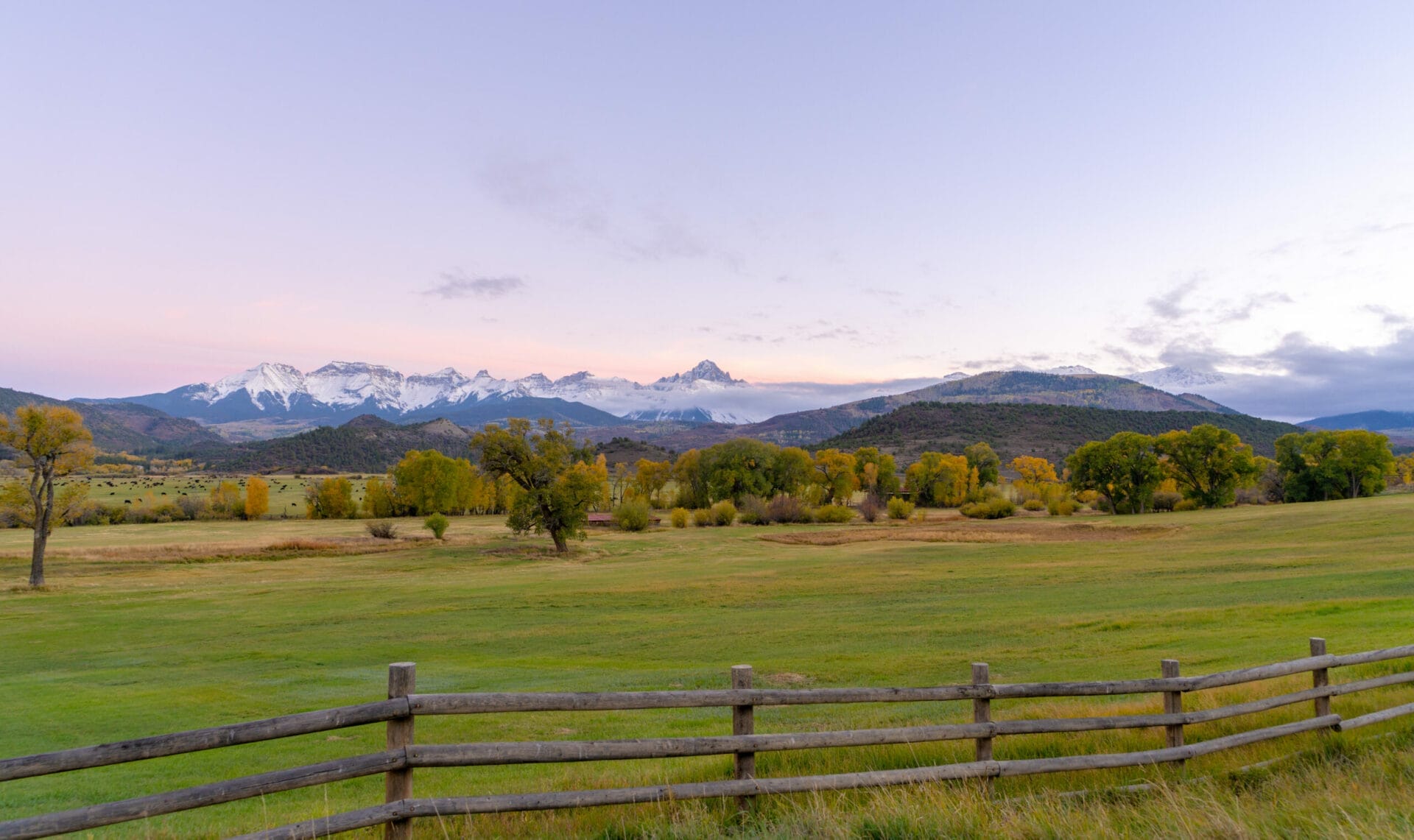
We will evaluate your land to see if it would be a good fit for a solar project. We typically look for 5+ acre pieces of relatively flat land near existing utility infrastructure, and outside of floodplains and wetlands.

We will evaluate your land to see if it would be a good fit for a solar project. We typically look for 5+ acre pieces of relatively flat land near existing utility infrastructure, and outside of floodplains and wetlands.

Once we have agreed on the high-level economic terms of the lease, Cloudbreak will execute a term sheet with the landowner. The term sheet demonstrates that both parties are serious in pursuing the development of a solar project on the parcel and a long-term lease with Cloudbreak Energy as the Lessee.
An executed term sheet allows Cloudbreak to invest in and conduct further site diligence to verify the project will be able to move forward.
The term sheet provides Cloudbreak Energy with exclusivity to develop solar on the site for a specified term, however, if the landowner decides to use the parcel for another use (farming, real estate development, oil and gas, etc.) before execution of the site lease, both parties are free to walk away.

Once our term sheet is executed, Cloudbreak will conduct a thorough property review. We will order title and engineering reports while reaching out to all relevant local authorities to glean information on the permitting process.

Barring any red flags found during our review, Cloudbreak will initiate engagement on the formal site lease agreement. Our site leases typically come with an upfront Option to Lease Period, where we have the exclusive right to lease your property for at least an 36 month term before the lease begins.
During the Option to Lease Period, we will work on getting all of the necessary approvals from the local utility company and the local authorities. This allows us to ensure there will be no outstanding issues before construction has started.
While we work on the approval process, you are free to continue using your land for farming or grazing. Once construction begins (after all approvals are complete), you will receive the first full lease payment, which will continue for the next 20+ years.

We will work with the local utility to ensure that we can safely connect our solar system to their electrical grid. We will also work with the town or county where the property is located to secure all necessary permits.

Once we have all of the necessary permitting and utility approvals, we will start the construction of the system. This process usually takes 2-3 months from start to finish.

No. Upon signing the lease option, all of the necessary permitting, interconnection, construction and solar system maintenance work will be handled by us.
No. We cover all costs related to the solar project.
We will remove all equipment and then regrade/smooth the land.
During the day, solar systems have a minor humming noise similar to that of an air conditioner. This can be heard when you’re standing right next to the solar system.
The sound becomes inaudible from just a few hundred feet away. As soon as the sun goes down and the system stops producing energy, the humming stops.
Solar systems produce very low EMF, only about 60Hz. EMF produced by typical cell phones, radios, and microwaves are much higher (30,000+ Hz).
Before we start construction, you are free to use the land as usual. From the start of construction to the end of the lease term, you can potentially graze sheep around our equipment, but you will otherwise not be permitted to use the land within the fence line.
No, landowners are not able to terminate their leases before the end of the contract term.
After it snows, it doesn’t take long for the snow to fall off due to the sunny locations of solar system and the tilt of the panels. As for hail, most manufacturers test their solar panels to withstand hail up to 1 inch in diameter falling at 50 miles per hour.
This may affect the zoning of the leased portion of your land. We will cover any consequential increase to your tax bill related to the solar installation.
Distributed Generation simply refers to any solar project that provides energy from a decentralized location, typically proximate to where the power is consumed, as opposed to a large, centralized facility (like a coal plant).
These solar projects can serve everyone from utilities, large corporates to rural electric co-ops, municipalities and local businesses.
Community Solar is an increasingly popular way for individuals, businesses, and other institutions to realize the benefits of solar.
A Community Solar project consists of a centrally located solar system that provides discounted electricity to customers in the local electric utility’s service territory.
Community Solar allows residents, businesses, and nonprofits in your community to receive a discount on their electric bills and experience the benefits of solar without having to finance the installation of a solar system themselves.
We will evaluate your property to see if it’s a good fit for solar.
There is no commitment required.
T: (970) 425-3175
E: info@cloudbreakenergy.com
A: 218 S 3rd Street, Sterling, CO, 80751
A: 1120 Pearl Street, Boulder, CO 80302
© CloudBreak Energy 2023. All rights reserved. | Privacy Policy | Cookie Policy | Contact Us
Cloudbreak has over 66.3 MWdc of sites under active development in major East Coast markets such as Virginia, New York, and others. These projects span large distributed projects with utilities such as Dominion as well as community solar projects in National Grid and NYSEG service territories.
Cloudbreak Energy has been awarded 8 MWdc of distributed solar projects in Iowa. Cloudbreak is actively developing more than 23 MWdc of distributed and community solar projects in several Midwest markets and across multiple utility territories, such as WE Energies, WPS, and Xcel.
Cloudbreak Energy has 70+ MWdc of distributed solar and solar plus storage projects in active development in various counties across the Pacific Northwest and in California. The West Coast is a large focus area for the firm as community and distributed solar legislation gains momentum in some of those key markets.
Cloudbreak has been awarded 70+MWdc of distributed and community solar projects with Xcel, Black Hills, and Mountain Parks Electric which are in various stages of maturity, ranging from permitting to COD. Cloudbreak also has 180 MWdc of utility scale solar and 212.2 MWdc of distributed and community solar projects under active development.